[Updated 21/11/2023] It's been quite a while since I've had footless macarons, but I still remember as clear as day the pain of having gone through the whole process only to be so very disappointed with flat footless macaron shells. It was my mission to banish them, and I will explain how to do so in this post.
What are macaron "feet"?
It's the all-important delicate frill along the base of each almond-meringue cookie/shell. It's what makes them so pretty with just a touch of an extra dimension, a little contrast in texture to complement the smooth domed top of the shell.
How do you get macaron feet?
Find a good recipe (like ours, here), practice, tweak, practice, tweak. Sadly there are no short-cuts (hence they are some of the more expensive items in any patisserie per gram). The crucial steps in any good recipe are at these following stages:
1. Meringue: This stage of the macaron making process has the biggest contribution towards pretty frills. Under-beaten egg whites? Shells won't rise evenly. Over-beaten egg whites? Shells will be hollow/sink/spread out drowning out any frills or feet.
So how do you know if it's beaten enough? If using the Italian meringue method (which I recommend over any others) make sure the egg whites beaten are at soft peaks and the sugar syrup is between 16-18 degrees Celsius before adding swiftly to the beaten whites.
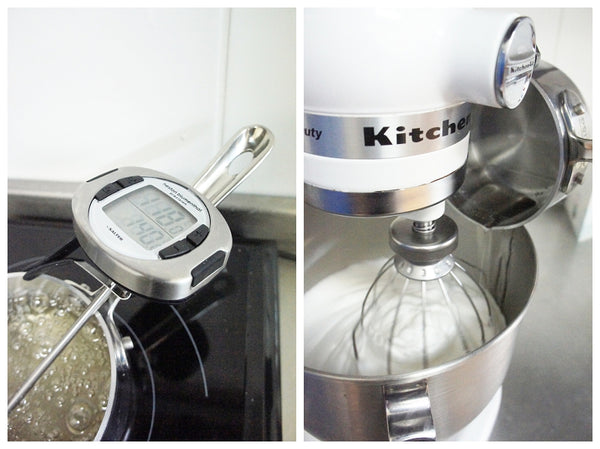
Once added, continue beating on medium till the meringue is light, glossy and holds a stiff 'beak' on the whisk. If it's too dense it's been over beaten or the syrup was too hot. If it's too runny it's under beaten or the syrup wasn't boiled enough. At this stage, it's best to abandon the meringue and start again (saving on your expensive almonds!).

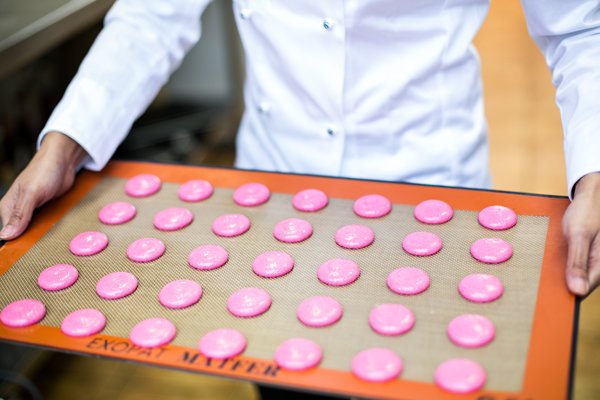
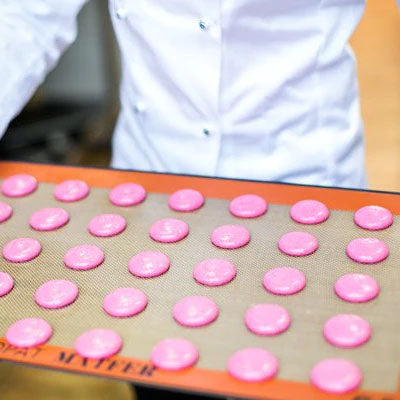
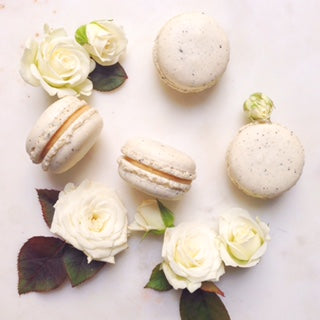



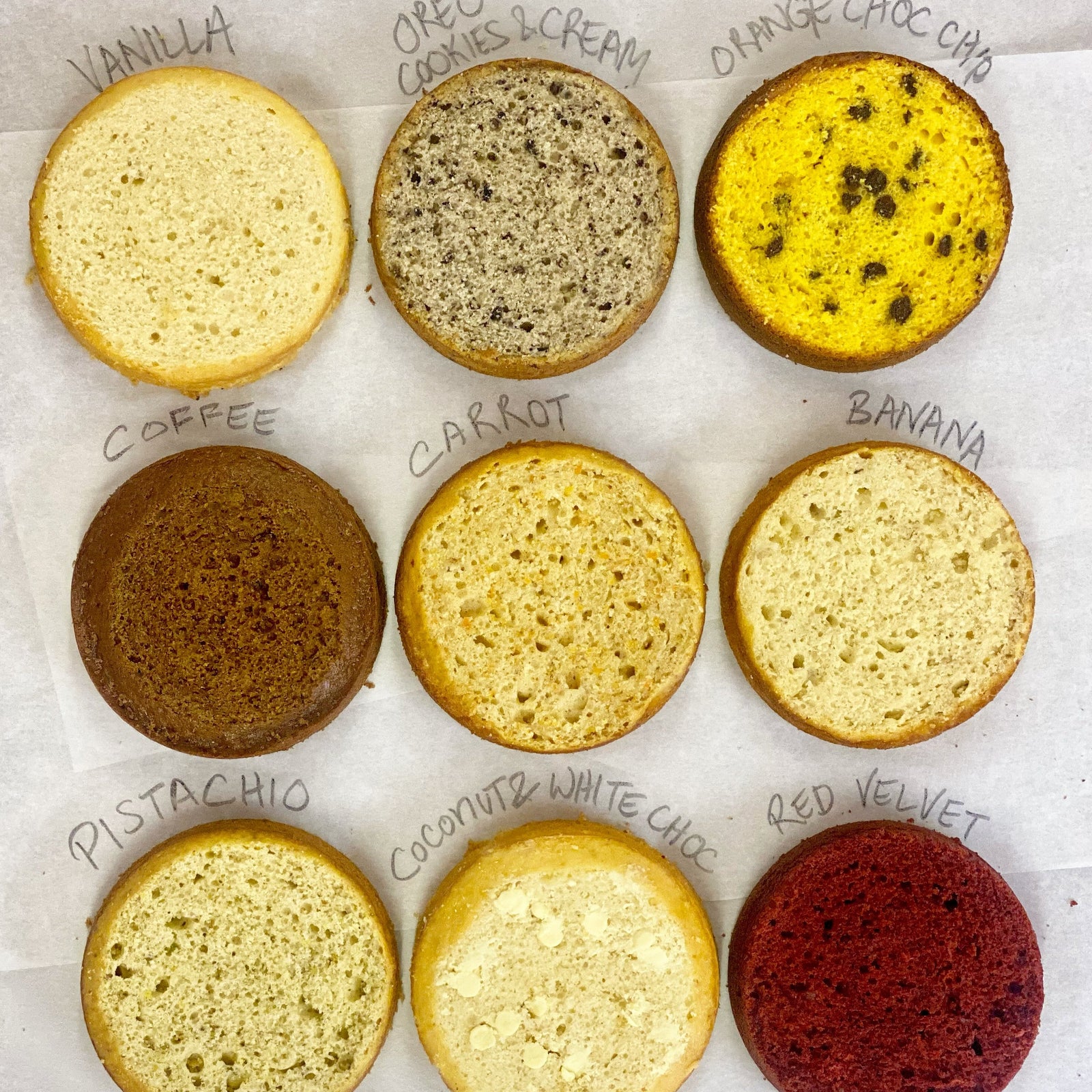
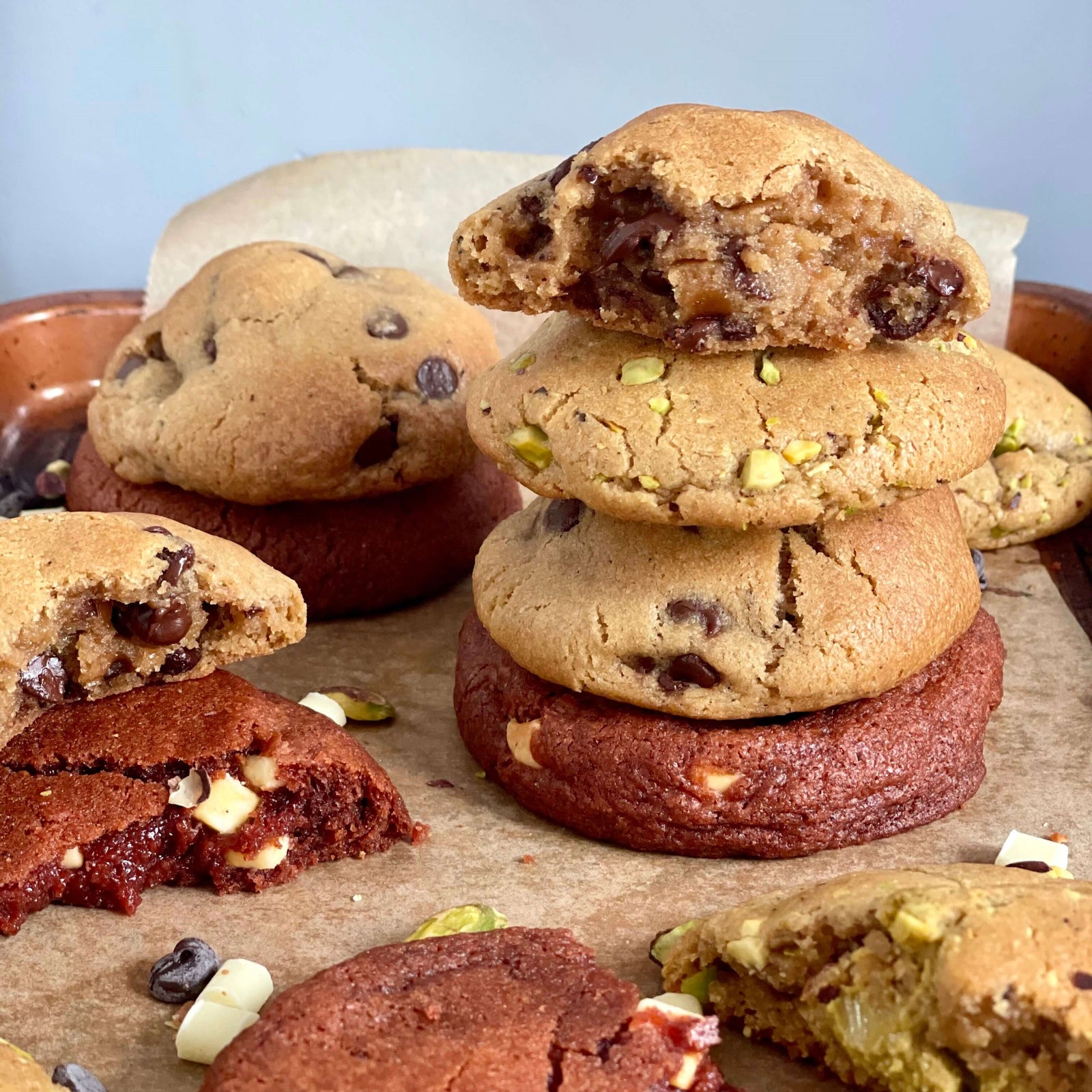
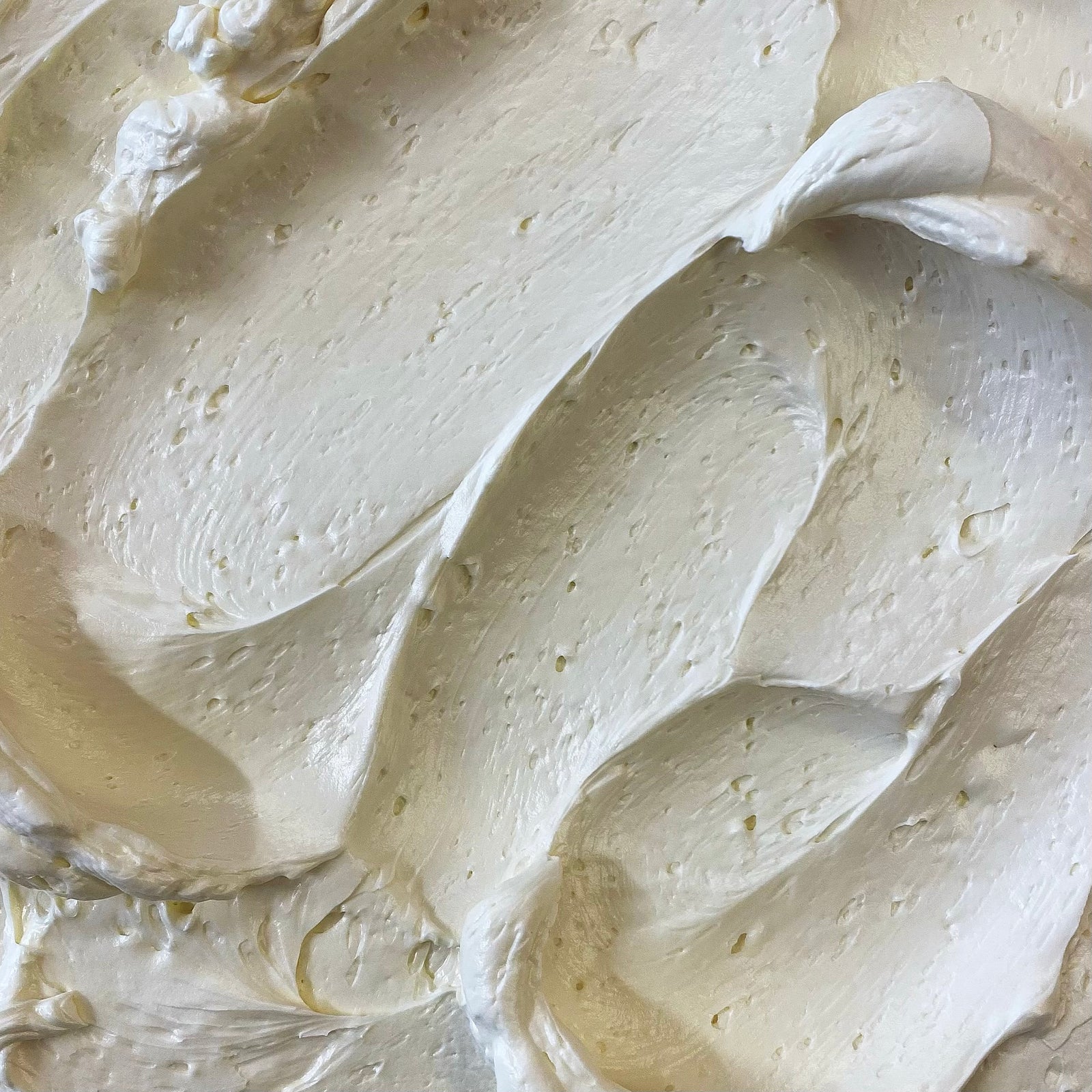

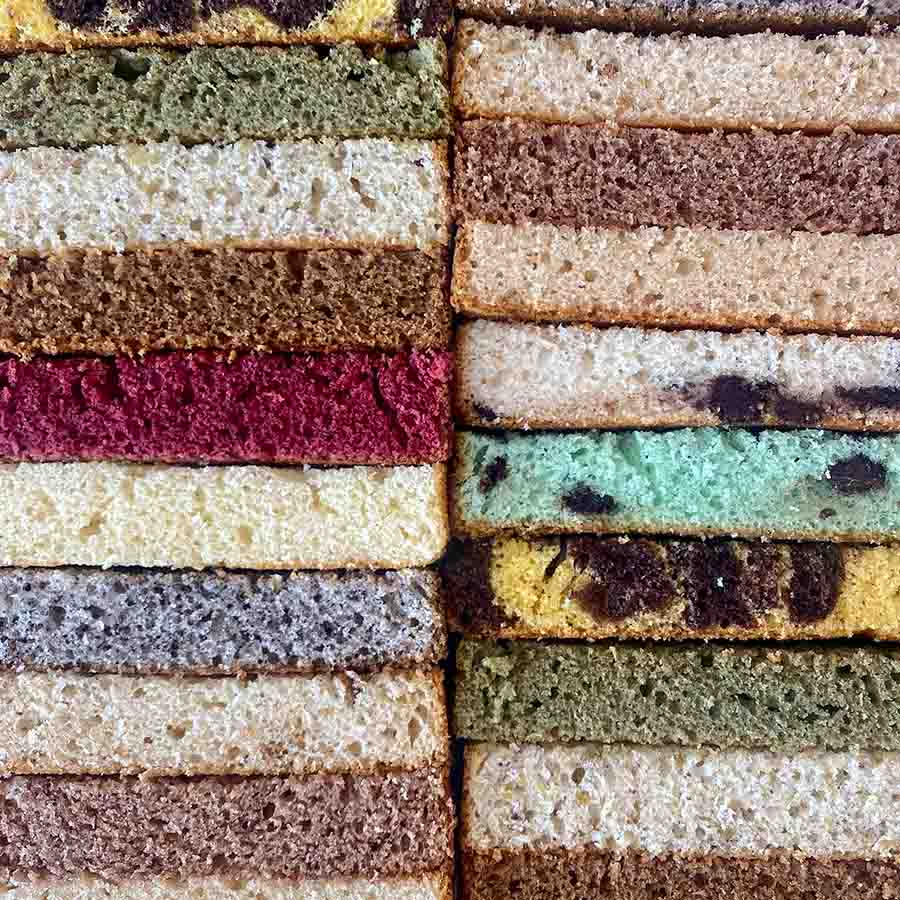
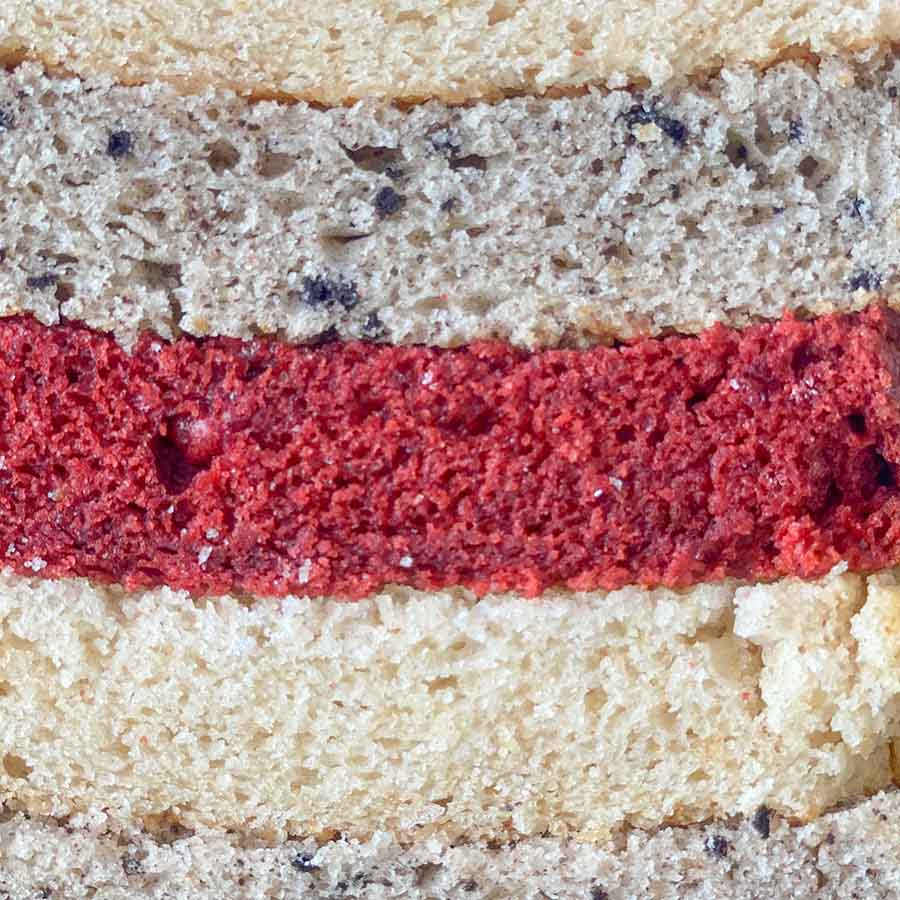
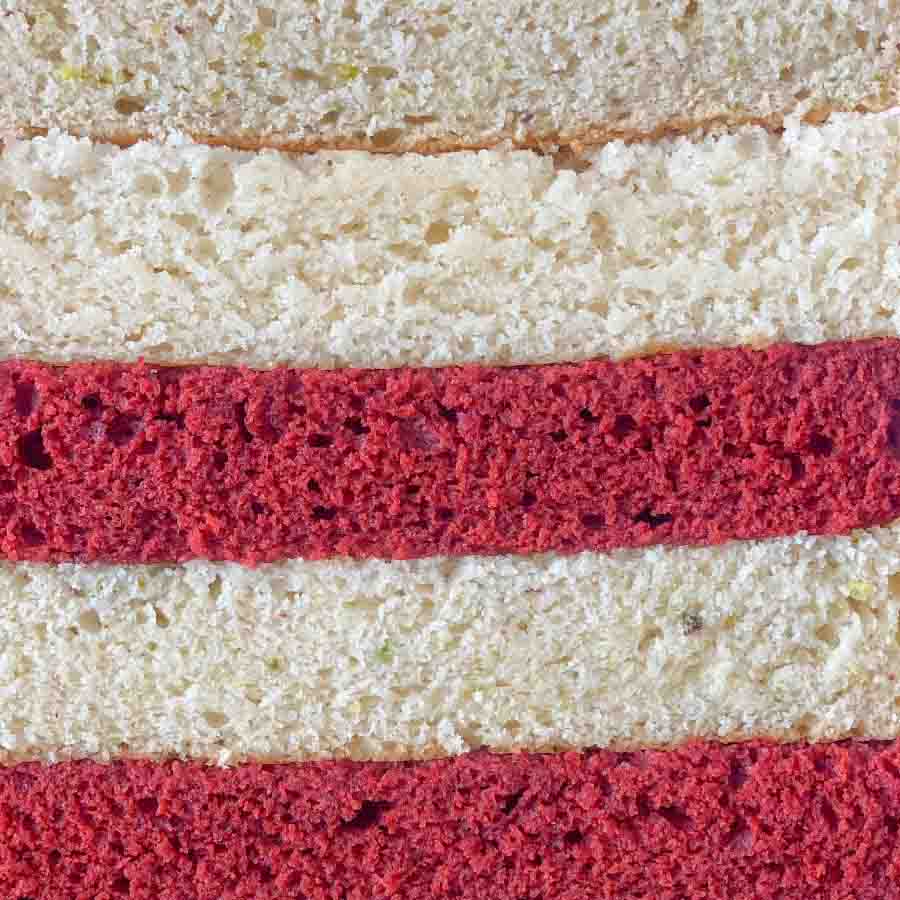
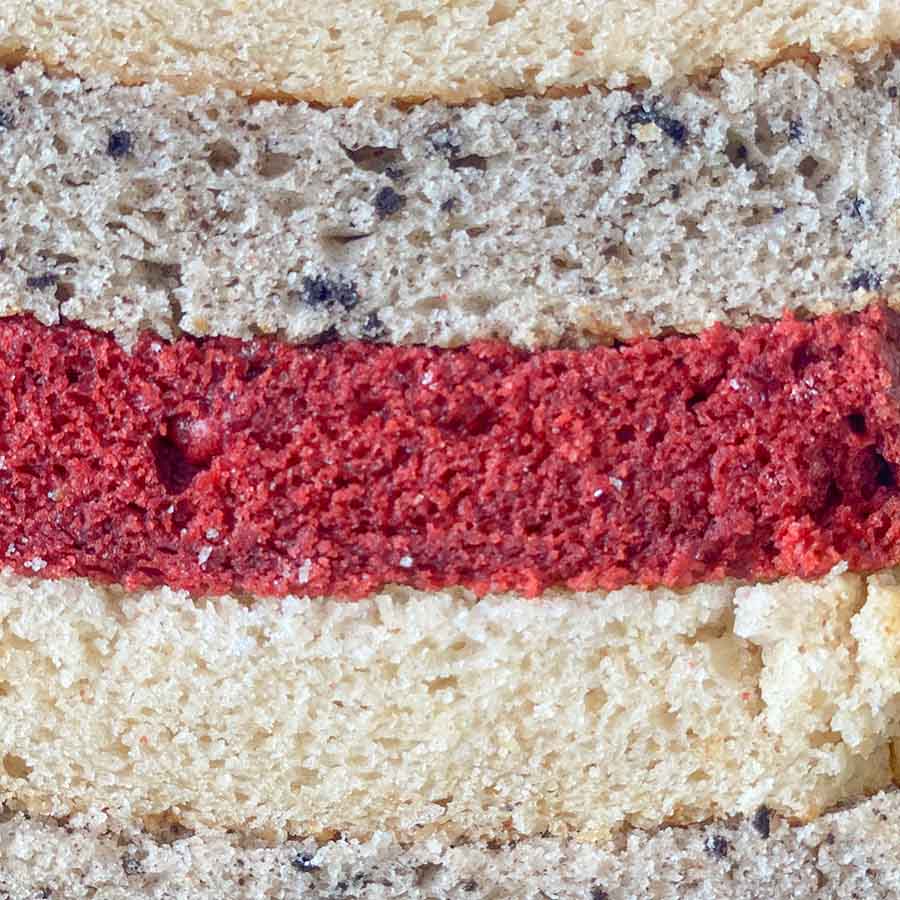

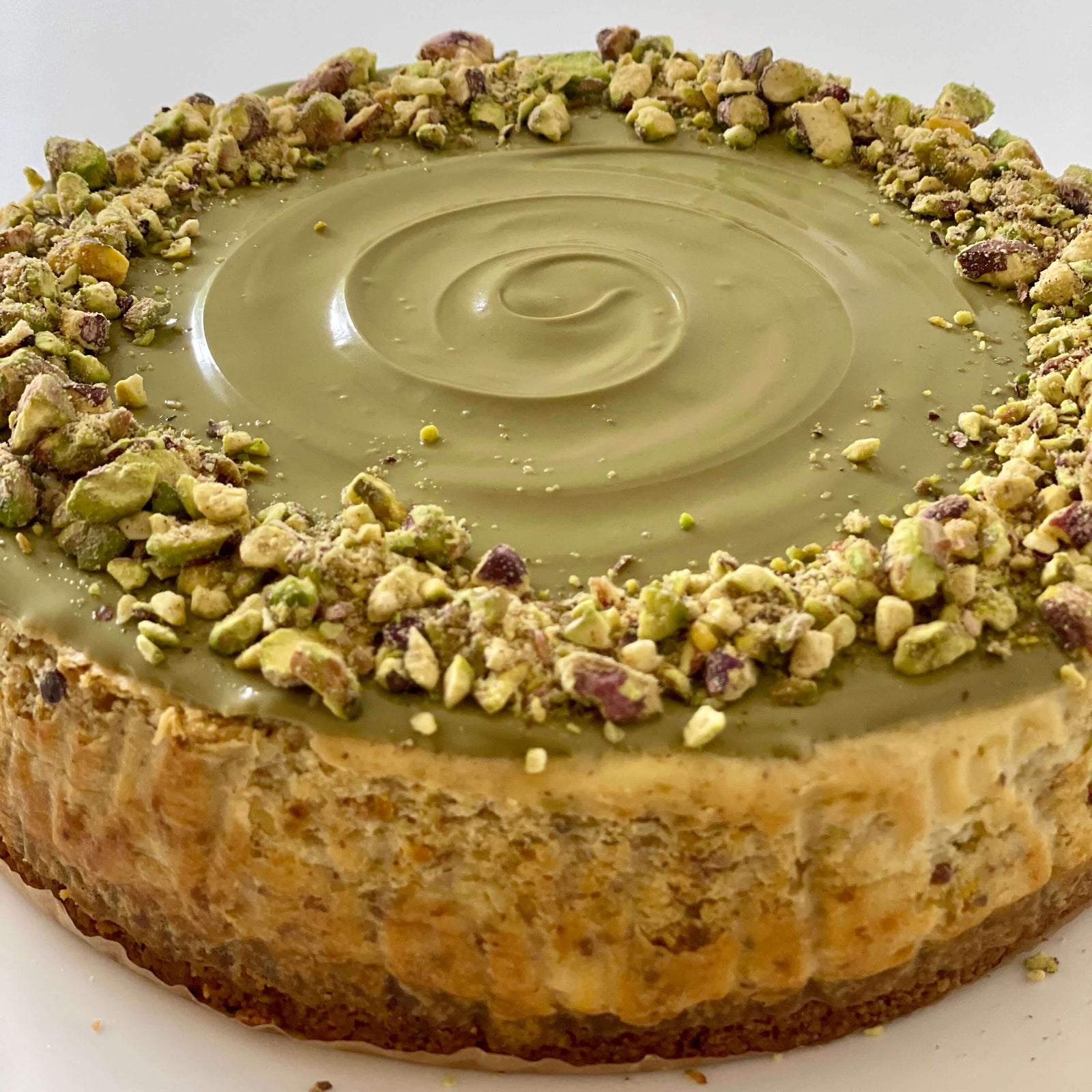
Kate Osborne
July 22, 2019
Think you need to amend the baking temperature to one hundred and whatever! Cheers